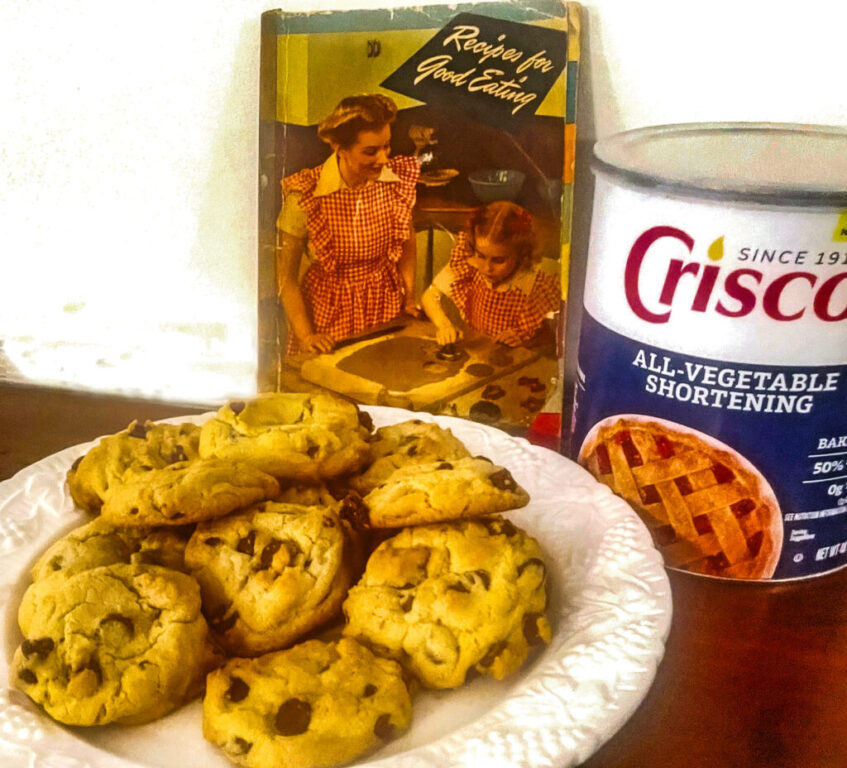Crisco was introduced to the market in 1911 as an alternative to lard. Procter and Gamble was the original producer of Crisco, the first shortening made entirely from vegetable oil, specifically, cottonseed oil. The company used a process call hydrogenation which solidified the oil.
The company needed a way to produce a hardened soap from fat, so it developed hydrogenation. It didn’t get a soap, but the world got Crisco.
At first it was not a huge success. Women were even reluctant to accept a 1½-pound can of Crisco as a free sample. Many of the early users were Orthodox Jews. As it did not contain lard or butter, it could be used at any meal without violating kosher dietary laws.
With lard and butter being the major cooking fats in that era, P&G had to convince housewives to use the new product. In addition to an advertising campaign to take down lard and butter, the company published and gave away cookbooks containing 615 recipes using Crisco. During the First World War, Crisco b...
To view the rest of this article, you must log in. If you do not have an account with us, please subscribe here.


